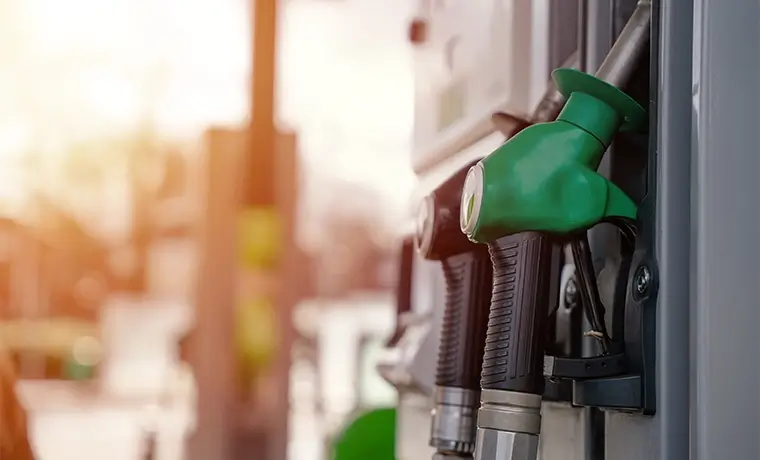Types of Fuel Saving Devices
- Fuel Ionization Devices: These devices optimize the combustion process by ionizing the fuel, increasing energy efficiency, and reducing fuel consumption.
- Electronic Control Units (ECU): The ECU is the computer system that controls the vehicle’s engine. Some fuel-saving devices connect to the ECU to adjust fuel injection timing, air-fuel mixture, and other parameters for optimal efficiency.
- Fuel Cell Devices: These devices separate water into hydrogen and oxygen gases, improving combustion efficiency and reducing fuel consumption.
- Insulated Electrolyte Devices: The electrolytes in these devices alter the molecular structure of fuel, optimizing combustion and enhancing efficiency.
- Air Intake System Optimization: Used in diesel vehicles, these devices improve the air-fuel mixture, leading to better fuel efficiency.
How to Calculate Fuel Consumption?
Fuel consumption calculations help drivers track their vehicle’s efficiency and adopt fuel-saving strategies. There are several ways to measure fuel consumption:- Fuel Consumption Per Kilometer: Fill the fuel tank to full, reset the trip meter, and drive a specific distance. Then, refill the tank and note how much fuel was used. Divide the fuel amount by the distance traveled to get the fuel consumption per kilometer.
- Using Vehicle Data: Most manufacturers provide fuel consumption information in the vehicle’s manual or website. This data can help estimate fuel usage under different driving conditions.
What Increases Fuel Consumption?
Fuel consumption can increase due to various vehicle and driving-related factors:- Driving Habits: Aggressive driving, frequent acceleration, sudden braking, and inconsistent speeds can increase fuel usage.
- Vehicle Weight: Carrying unnecessary weight in the vehicle can negatively impact fuel economy.
- Road Conditions: Heavy traffic, stop-and-go driving, hilly terrain, and rough roads can lead to higher fuel consumption.
- Tire Pressure and Quality: Incorrect tire pressure increases rolling resistance, leading to higher fuel consumption. Properly inflated tires ensure optimal efficiency.
How to Save Fuel?
It is possible to reduce fuel consumption without using additional devices. Here are some effective methods:- Regular Maintenance: Keeping the air filter clean, maintaining proper tire pressure, and performing timely oil changes improve engine efficiency.
- Speed Control: Driving within speed limits helps reduce fuel usage, as higher speeds increase air resistance and require more fuel.
- Smooth Driving: Avoid rapid acceleration, sudden braking, and harsh turns to maximize fuel efficiency.
- Low-Resistance Tires: Using low rolling resistance tires helps the vehicle consume less energy and improves fuel efficiency.
- Planned and Efficient Routes: Avoiding traffic congestion and steep roads by planning routes in advance can save both time and fuel.
My Offers
My Offers({{ basketProductCount }} Count)

{{ item.Title }}
{{ item.Description }}
{{ item.ProductProperties.ProductName }}
{{ item.ProductProperties.ProductDescription }}

{{ item.Title }}
{{ item.Description }}
